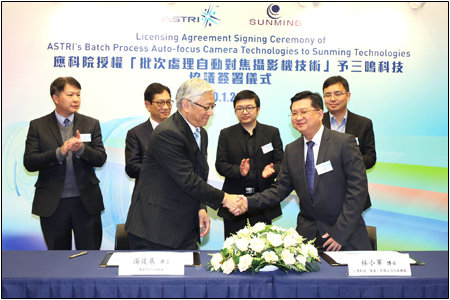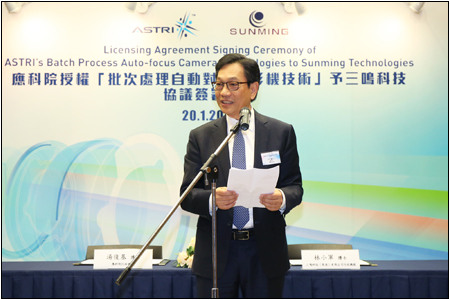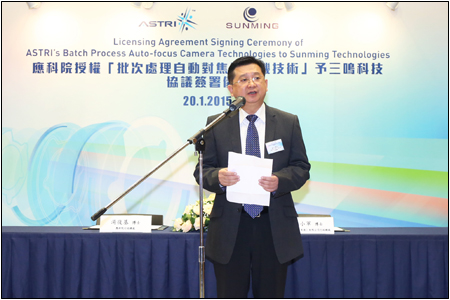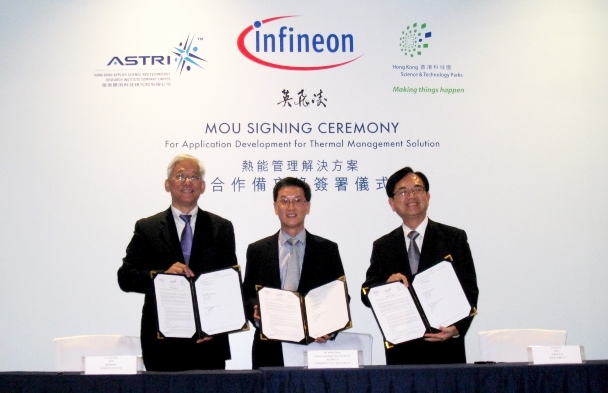(2 March 2015, Hong Kong) Rohde & Schwarz (R&S), together with Hong Kong Applied Science and Technology Research Institute (ASTRI), will perform a live demonstration on Sunnada’s LTE-Advanced Carrier Aggregation (CA) base station at the Mobile World Congress 2015 in Barcelona, Spain.
ASTRI has partnered with Fujian Sunnada Communication Co. Ltd (SHE: 002417) to develop LTE-Advanced small cell as the device under test. The small cell is loaded with ASTRI’s latest LTE- Advanced small cell physical layer supporting TDD/FDD, 40MHz, two components CA, and 2×2 MIMO signal for category 6 UE with up to 300Mbps data rate. ASTRI’s commercial LTE-Advanced small cell physical layer solutions are also scalable to support 4×4 MIMO, three-component CA and 450Mbps downlink for pico/microcell applications. What makes this demonstration special is that the MIMO downlink signal generated by the device is analyzed using a single R&S signal analysis instrument.
CA is the key feature in LTE-Advanced standard for increasing the peak data throughput. Combining with MIMO technology, CA enabled base stations and terminals can communicate through multiple frequency bands and multiple spatial channels simultaneously to increase peak data rate. For this reason, efficiency testing of LTE-Advanced MIMO and CA signals on a single testing equipment is crucial for the development of the next generation wireless infrastructure equipment such as LTE-Advanced small cells.
The test setup from Rohde & Schwarz and ASTRI includes an R&S RTO digital oscilloscope and a signal analysis PC. The R&S RTO acquires the TD-LTE 40MHz, two-component CA, 2×2 MIMO downlink signal output from the Sunnada LTE-Advanced small cell. The signal is analyzed on a PC installed R&S FS-K102PC EUTRA/LTE downlink MIMO software.
ASTRI provides the DUT (device under test) for the test set up. The company commenced its LTE research and development in 2008 and has become a leader in LTE and LTE-Advanced small cell and terminal technologies, providing the first market-ready reference design for small cell and terminal baseband cores supporting both TD-LTE and LTE FDD. ASTRI’s LTE technologies have been employed in partners’ chips and system solutions serving public and private network markets. ASTRI core network technology was also successfully transferred to multiple companies. For development, ASTRI relies on Rohde & Schwarz test solutions. For example, ASTRI has already characterized 4×4 MIMO antenna configurations with the help of an R&S RTO oscilloscope and R&S SMW200A vector signal generators.
The live demonstration will be carried out at Sunnada booth (hall 5, Stand 5G70) at Mobile World Congress which will take place at Fira Gran Via exhibition center in Barcelona, Spain from 2 to 5 March 2015. Mobile World Congress is the largest annual event for the mobile industry featuring cutting-edge technologies and prominent executives in an exhibition and conference. The show has been a major industry focus drawing an attendance between 70,000-80,000 people every year.




